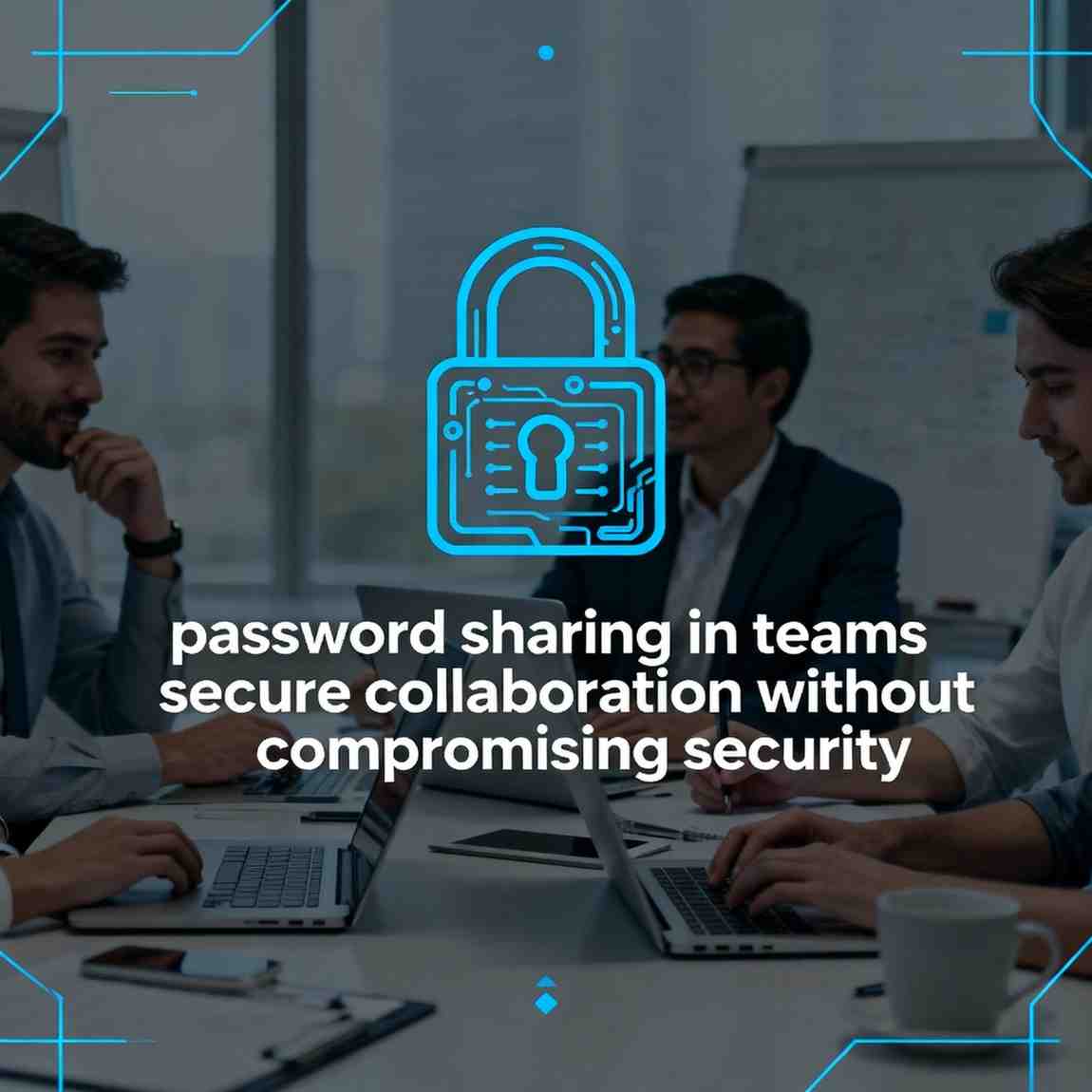


Share passwords safely with your team using tools and best practices that protect access without slowing collaboration.
In today’s fast-paced digital workplace, collaboration is everything. Teams rely on a growing number of online tools from project management platforms and cloud storage to marketing dashboards and analytics systems. But as collaboration increases, so does the need to share access credentials securely.
Unfortunately, password sharing is often one of the weakest links in an organization’s security chain. A single leaked password can compromise entire workflows, client data, or even the company’s reputation. Yet, teams often find themselves stuck between two extremes: either share credentials informally (and risk security breaches) or restrict access so tightly that collaboration slows to a crawl.
The good news? Secure password sharing is entirely possible if done correctly.
Let’s explore how teams can share access efficiently without compromising security, and what tools and best practices can make this balance achievable.
Whether we like it or not, password sharing remains a practical necessity in many organizations.
Here are some common scenarios:
When done informally, these situations can quickly turn into a security nightmare. Think sticky notes, spreadsheets titled “passwords,” or sending credentials through Slack or email. Each shortcut creates a potential entry point for cyberattacks.
Before discussing solutions, it’s essential to understand the dangers of traditional password-sharing methods.
Email and messaging apps are notoriously insecure for sharing credentials. A compromised account or intercepted message can expose critical passwords giving attackers a free pass into sensitive systems.
When multiple people use the same login, tracking who did what becomes nearly impossible. This lack of auditability complicates troubleshooting, compliance, and post-incident investigations.
If teams manage passwords manually, they often resort to weak or reused passwords for convenience. This significantly increases the risk of credential stuffing and brute-force attacks.
Industries governed by data protection laws (like GDPR, HIPAA, or ISO 27001) require strict access control. Sharing credentials informally can lead to non-compliance, legal penalties, or reputational damage.
Not every threat comes from outside. A disgruntled employee with shared access can misuse credentials, alter data, or expose information without being detected.
The goal isn’t to stop sharing passwords altogether, it’s to share them responsibly. The ideal approach involves implementing secure systems that preserve both collaboration and control.
Here’s how to achieve that balance.
Password managers have evolved far beyond consumer tools. Enterprise-grade options like 1Password Teams, Bitwarden, All Pass Hub, Dashlane Business, and LastPass Teams are designed for collaborative environments.
Key Benefits:
By centralizing credentials in a secure vault, teams eliminate the chaos of shared spreadsheets or insecure messaging.
RBAC ensures that users only have access to the tools and data necessary for their role. This principle of “least privilege” limits potential damage from both mistakes and breaches.
For example:
Modern platforms like Asana, Jira, and Trello allow fine-grained permissions, ensuring that shared tools don’t mean shared vulnerabilities.
Even the strongest password can be compromised. That’s why MFA is a must-have layer of defense. It ensures that access requires something more like a code sent to a device or an authentication app confirmation.
When combined with a password manager, MFA drastically reduces the risk of unauthorized logins, even if credentials are accidentally exposed.
One of the smartest features in modern password managers is “passwordless sharing.”
Here’s how it works:
This method is perfect for contractors, interns, or temporary team members. Once their work is done, you can revoke access instantly without changing passwords for everyone.
For larger organizations, consider Single Sign-On (SSO) and Identity and Access Management (IAM) systems like Okta, Azure AD, or Google Workspace Admin.
These platforms allow users to log into multiple applications through one secure identity.
Benefits include:
Combined with password managers, SSO creates a secure, scalable foundation for team collaboration.
Technology alone won’t protect you. Your people need to understand why security matters. Conduct regular training on:
When security awareness becomes part of the culture, compliance stops being a burden and starts being a habit.
Access sprawl when people accumulate permissions they no longer need is a silent risk.
Perform quarterly (or even monthly) audits to:
Automation tools can help track and flag old credentials to streamline this process.
Even the best systems can face disruptions like an employee suddenly leaving or a compromised account.
Establish an access recovery plan:
This ensures business continuity without chaos when incidents occur.
Let’s consider a real-world example:
A digital marketing agency manages 20 clients, each with its own set of tools from Google Analytics to Meta Ads Manager. Before adopting a password-sharing solution, credentials were scattered across Slack messages and spreadsheets.
After implementing a team password manager:
The result? Faster onboarding, zero password exposure, and improved client trust.
Collaboration shouldn’t come at the expense of security. As teams grow and remote work becomes standard, password sharing needs to evolve from risky improvisation to structured, secure practice.
By combining password managers, access controls, MFA, and regular audits, teams can achieve both efficient collaboration and robust protection.
Remember: security is not about locking people out, it’s about letting the right people in, safely.
With the right tools and mindset, password sharing can empower and not endanger your team’s collaboration.
